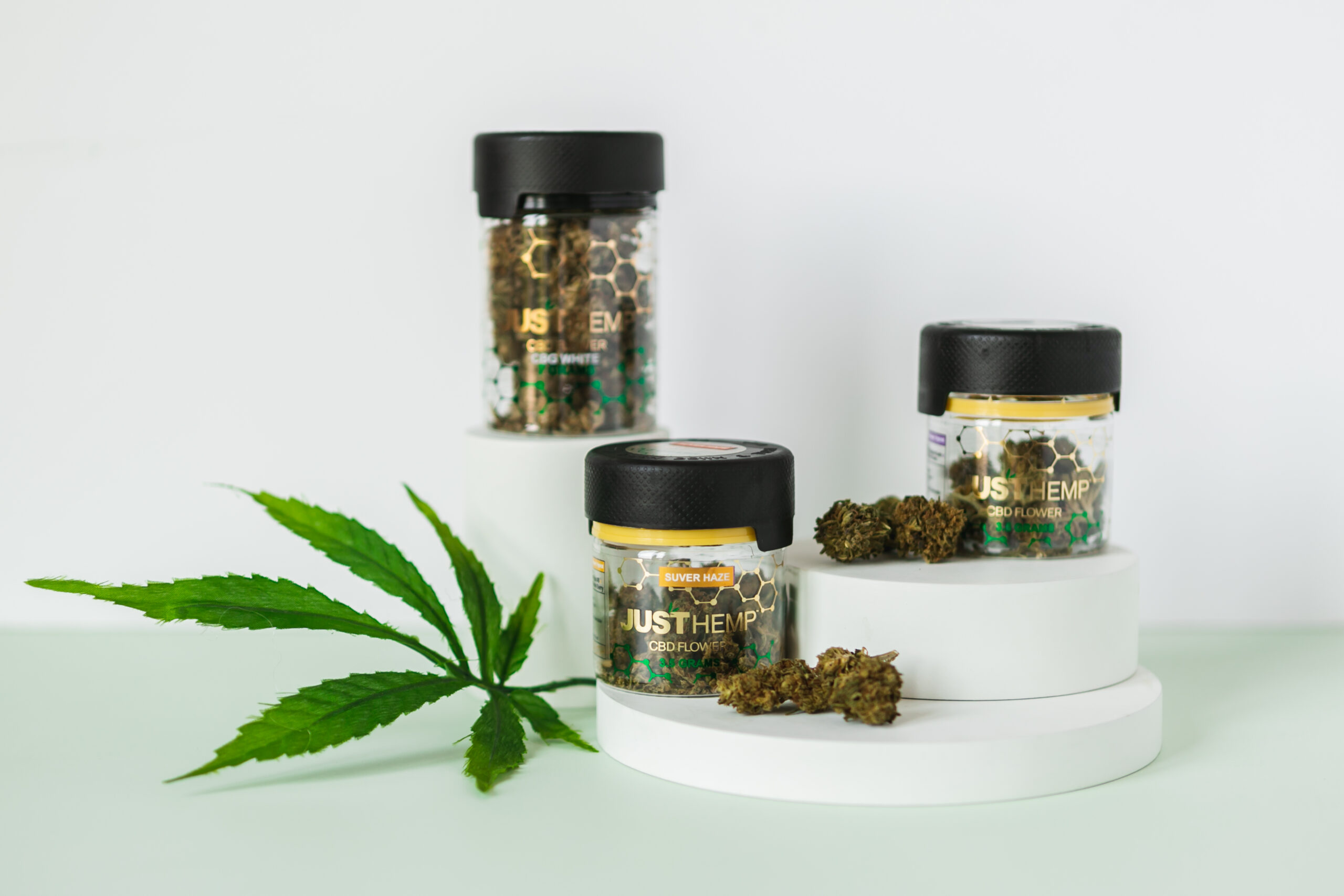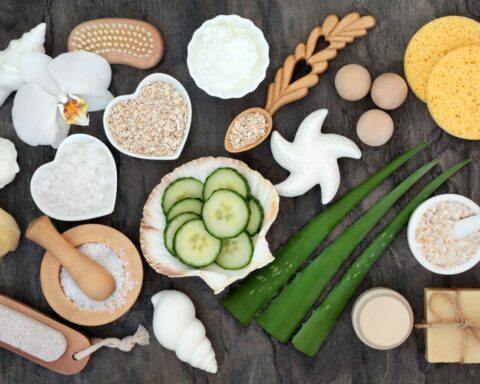Many personal care product companies realize the benefits of hemp oil, produced from one of the world’s fastest-growing and most productive plants. Natural hemp oil soap is many people’s favorite. Learn how to make this product below, with three easy recipes. Hemp oil, commonly referred to as cannabis sativa seed oil, is extracted from the seeds of cannabis plants. It varies from CBD oil, derived from cannabis leaves, flowers, and stalks, and lacks tetrahydrocannabinol (THC), the psychoactive ingredient. Cannabis sativa is widely utilized in the production of textiles, ink, soap, wood preservatives, bioplastics, and other products. Currently, this plant is being adopted by the cosmetics industry because of its purported skin and hair advantages. This article highlights how one can make natural hemp oil soap.
Safety Precautions and Hygiene
Before making soap, consider safety and cleanliness. This recipe uses harmful substances like caustic soda or potash (known as lye). Use suitable safety gear such as goggles, gloves, and long-sleeved clothes to avoid alkali burns. In addition, the work environment must be dry and clean. The equipment used must be steel or ceramic. Also, use high-quality, heat-resistant plastic. All hazardous substances must be labeled and stored safely and securely when not in use.
The relevant equipment used include;
- A precise kitchen scale
- Goggles for safety
- Gloves (rubber or similar)
- Source of heat (stove or other)
- A big cooking pot (non-stick)
- A jug or pitcher with a capacity of 2/3 liters
- 2/3 liter beaker or pitcher with a secure-fitting lid
- Mold for soap
- Spoon with a long handle
- Cups/spoons for measuring
- Thermometer
- Blender (stick or handheld)
- Ingredients are stored in little dishes.
- Spatulas, whisks, spoons, napkins, and rags are all available.
When combining chemicals, only use stainless steel or heat-resistant plastic. It’s safe to begin working with the ingredients when the tools are available, and the work surface is clear.
The Fundamental Ingredients
- Potash – caustic soda (NaOH) or lye (KOH)
- Water (preferably distilled)
- Essential oils and/or fragrances
- Fats/Oils
- Decorators (glitters, petals, dye)
It’s advisable to use the saponification table to determine the appropriate amount of lye. After determining the amount needed, prepare the lye solution, which must be chilled before use. Pour the lye into hot water and stir until thoroughly dissolved. Set it aside to cool, not below 43°C.
Preparation
The oils should be weighed out by quantity and placed in ready-to-use pots. Weights evaluate all ingredients used in the soap-making process, whether liquid or solid.
Place the hard fats in the container to be heated. Once the hard fats melt, add the other oils (excluding fragrance and essential oils).
Once the mixture is well combined and liquified (at a temperature of around 100°C), turn off the heat and carefully pour lye water into the saucepan, stirring continually. As the lye reacts with the oils, the liquid in the pot becomes dense and opaque, signaling the start of the saponification process. Blend the mixture in short spurts in a food processor or blender until smooth (around five seconds). Gently swirl and scrape the sides between each burst. When the liquid is nearly cool, add the essential oils and decorate as desired. This is easier to do with a tablespoon.
Pour the soap mixture into the molds and leave them for at least three days. Remove the soap from the molds and allow it to cool for 3-4 weeks.
Hemp is planted and harvested for its seeds, fiber, and oil and is regarded as one of the most versatile plants in the world. It is used in the production of food, clothes, paper, multivitamins, coffee, lotions, and soaps. Hemp is said to provide health benefits due to its remarkable balanced ratio of gamma-linolenic acid, omega-3, and 6 fatty acids.
Recipe Two
Hemp Seed Shampoo
With various vitamins, minerals, antioxidants, and fatty acids, hemp moisturizes and strengthens hair. When blended with a preferred organic, unscented base and antibacterial tea tree oil, you get a highly hydrating shampoo that washes without harming the scalp.
Ingredients
1 cup castile soap( grated)
1/4 cup distilled water (hot)
4 tsp hemp oil
2 tsp jojoba oil
2 tsp tea tree oil
2 tablespoons burdock root oil
2 tbsp plant-based glycerin
10 drops essential oil (optional)
Steps
In a bowl of boiling water, dissolve the castile soap.
Combine the glycerin and oils in a mixing bowl.
Transfer to a bottle, shake, seal, and set aside for 24 hours.
Before each use, please give it a good shake.
Recipe Three
Castile Soap (Elevated Castile Soap)
Since it is vegan and chemical-free, castile soap is frequently commended as a green product. Nevertheless, a pH of nine or above indicates that it is substantially more alkaline than skin (which has a pH of roughly five) and can damage the skin’s natural lipid barrier. Suppose you use castile soap on the skin; combine it with a teaspoonful of hemp oil and 10 tablespoons of water to keep that barrier intact.
Purchasing and Using Hemp Oil
- Search for hemp oil soap that is organic, unprocessed, and cold-pressed (to preserve the oil’s nutritional benefits). It should have a pale green color.
- Keep in mind that hemp oil can easily scorch; therefore, always heat it on low.
- Because hemp oil degrades when exposed to too much light, it’s better to store beauty items in tins or tinted glass bottles.
- Although hemp oil does not have to be refrigerated, store it in a cool, dark area and consume it after a few months of operation. Afterward, its nutritional value will begin to deteriorate.
Conclusion
If you want to avoid dangerous chemicals, producing hemp oil soap is a great option. Making hemp oil soap at home isn’t as difficult as it may appear. Hemp soap is a wonderful alternative for everyday usage in the home. If you have a child who suffers from acne, consider hemp or CBD oil soap. The same is true of dry skin and eczema. Hemp oil soaps are made from the male hemp plant, with very little tetrahydrocannabinol (THC). This implies that you can’t get high off of them.
- Eye Spy: Worldwide Eye Color Percentages - April 19, 2024
- Elevate Energy, Soothe Stress, And Peak Performance with The New UNBEETABREW Coffee Sensation - September 21, 2023
- Chef Bob’s Coffee: A Journey Fueled by Passion - July 29, 2023









